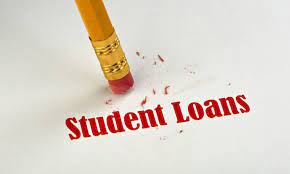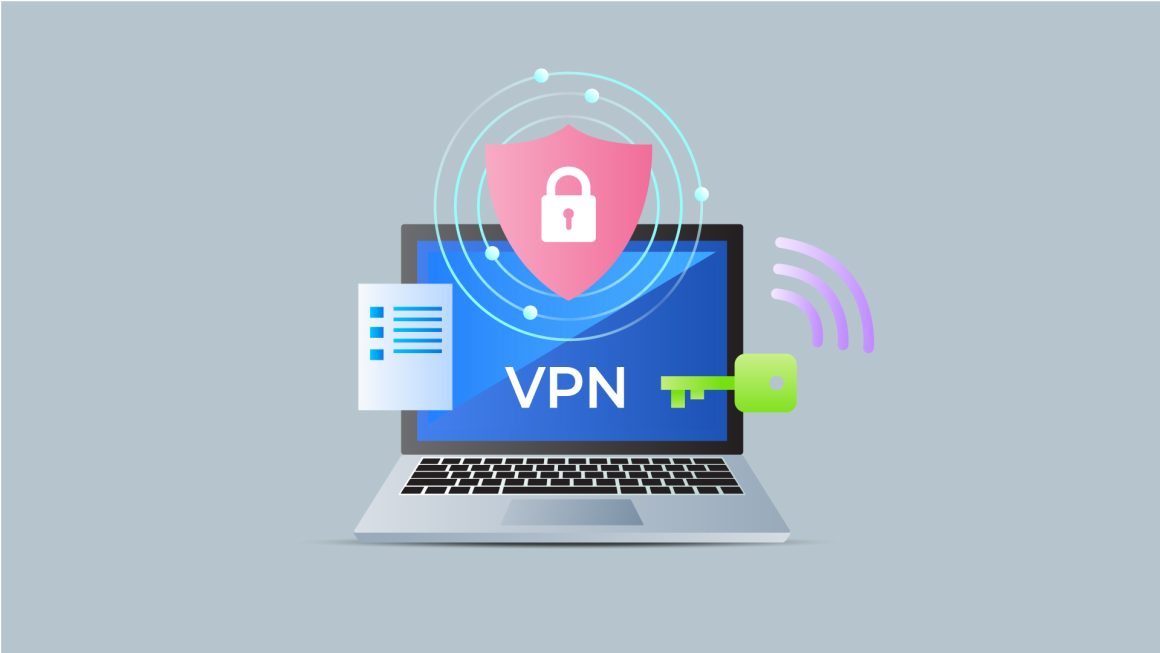Some companies promise to help you reduce your student loan debt for a fee. But there’s nothing those companies can do for you that you can’t do on your own for free. And some companies that promise to relieve your student loan debt are scams. It is illegal for companies to charge you before helping you. Here are some other things to know about how student loans work and how to avoid scams.
How to pay for school
There are several types of financial aid available to help you pay for your education after you finish high school. This includes grants and scholarships, federal work-study programs, and student loans. If you’re trying to determine if a financial aid offer will cover enough of your education costs to make college affordable, the CFPB’s financial aid offer search tool can help.
Grants and scholarships
Grants and scholarships give you money to study and you don’t have to pay it back. So they should be your first choice to pay for your education. The simplest way to apply for a grant is to complete a form called the Free Application for Federal Student Aid (FAFSA). To find other grant and scholarship opportunities, you can also explore these other sources:
- The financial aid office of a college or vocational school.
- Your high school counselor or a TRIO counselor.
- The US Department of Labor’s free scholarship search tool.
- Federal agencies.
- Your state educational agencies.
- Searches on the internet and in your library.
- Foundations, religious or community organizations, local businesses or civic groups.
- Organizations related to your field of interest, such as professional associations.
- Organizations and groups dedicated to the preservation of ethnic and cultural heritage.
- Your employer or the employer of your family members.
Federal Work-Study Jobs
Federal work-study jobs are another way to help pay for college. This type of employment is a needs-based subsidy that requires you to work part-time while you are in school. In order to access the work-study program, you will need to complete the FASFA® form and meet the need-based criteria. You will only be paid for the hours you work. For more information, talk to your school’s financial aid office.
Student loans
Student loans fall into two categories: federal loans and private loans.
Federal loans include:
- Direct loans made directly by the US Department of Education.
- PLUS Loans, which are federal loans that can be used by graduate or professional students and parents of dependent undergraduate students to help pay for college or vocational school.
There are two types of federal loans that are no longer available, but people may still be able to repay:
- Federal Family Education Loans (FFELs), which are loans made by private lenders but backed by the federal government.
- Federal Perkins Loans, which are low-interest federal student loans for undergraduate and graduate students with exceptional financial need.
Private loans, sometimes called “alternative loans,” are offered by private lenders, such as banks and credit unions. They are not backed by the federal government and do not include the benefits and protections offered by federal student loans. These loans may also require a cosigner (an endorsement from another person who will also be responsible for repaying the loan) and a credit check (a review of your credit history).
How to pay off federal student loans
If you have federal loans, the Department of Education has free programs that may help you, including:
- Income-Based Repayment Plans: Your monthly payment is based on the amount of money you earn.
- Deferment or payment forbearance: You can postpone your payments if there is a good reason why you cannot pay right away, although the interest may increase your debt.
- Forgiveness or discharge of debt: In some circumstances, you do not have to pay some or all of your loans. You may be eligible if, for example, you work for a government or nonprofit organization, if you have a disability, or if your college or school closed or committed fraud. Also, under certain income-based repayment plans, any balance remaining after 20 or 25 years is forgiven. But in some cases, you may owe income taxes on the amount forgiven or discharged.
These options are free. You can find more information at the Department of Education’s StudentAid.gov/repay website or by contacting your federal student loan servicer.
How to pay off private student loans
With private student loans, you generally have fewer options for loan forgiveness or cancellation. To explore your options, contact your lender directly. If you don’t know who your provider is, check your last billing statement.
How to avoid blackberry
Are you behind on your federal student loan payments? Here are some things you can do on your own, and for free, to get up to speed.
- If you missed a few payments, take steps to avoid being late and limit the amount of late fees you’ll have to pay.
- If you missed payments for 270 days, you may be in default, but you still have some options to get out of default.
With private loans you can default for a few reasons. You could become delinquent if you miss three monthly payments (120 days), file for bankruptcy, or miss another loan payment. If you think you are delinquent, or at risk of becoming delinquent, contact your lender to find out what your repayment options are.
If you’re concerned that you’re about to default, carefully review your private loan contracts to better understand your rights. If you did not receive a letter from your loan servicer and believe you may be in default, contact your loan servicer immediately to discuss your repayment options and determine if default can be avoided.



